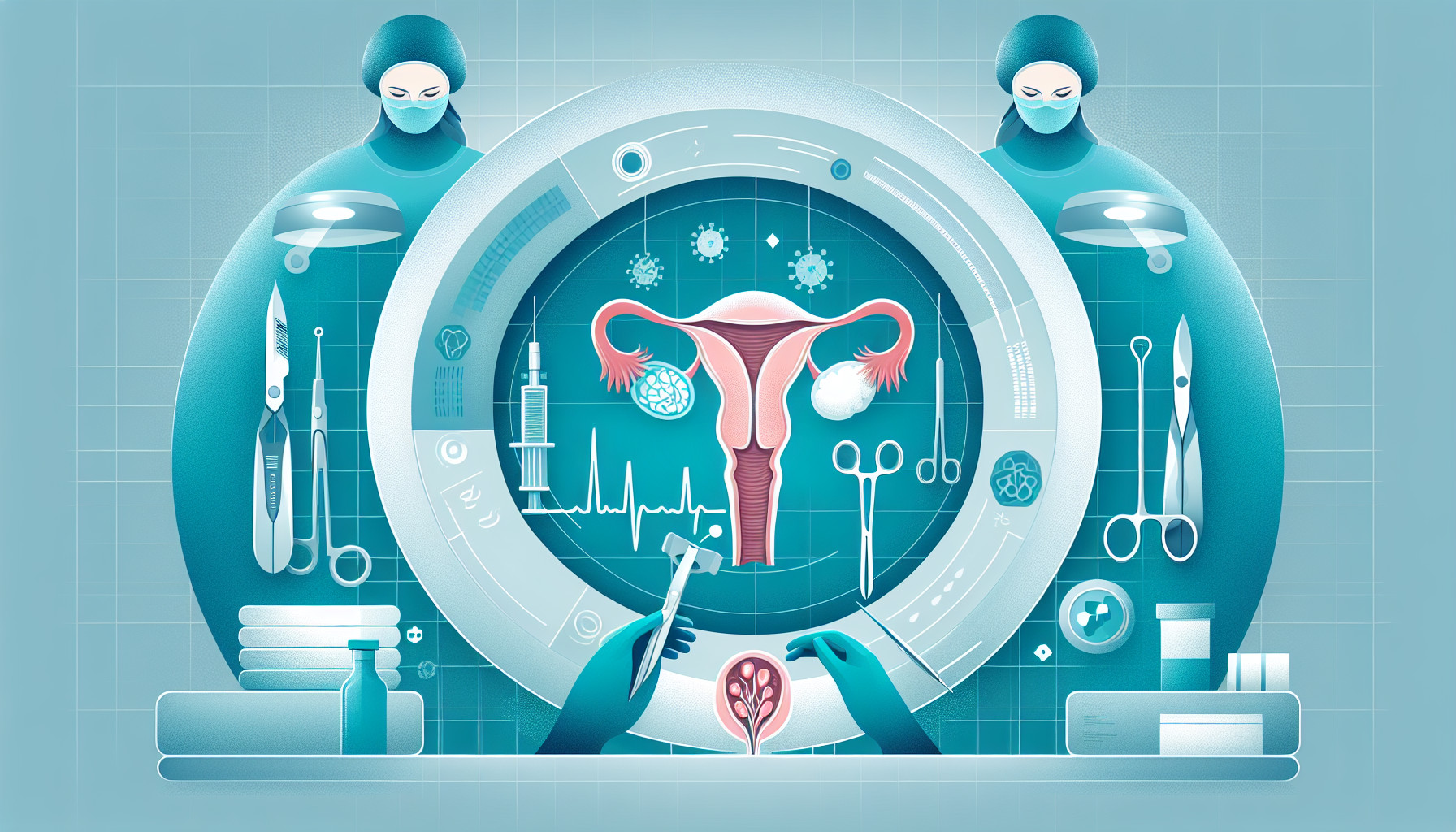Our Summary
This research paper is about a case where a woman had an ovarian cyst removed during a cesarean section (C-section). Ovarian cysts are fairly common during pregnancy and usually don’t cause any problems. However, sometimes they might need to be removed. The paper discusses why surgery might be needed, how it’s done, possible complications, and what the results are. The goal is to add to the small amount of information that already exists on this topic and to assess whether performing this kind of surgery during a C-section is a good idea or potentially harmful.
FAQs
- When is surgical intervention necessary for ovarian cysts during pregnancy?
- What are the potential complications of ovarian cyst removal during a cesarean section?
- Does the removal of an ovarian cyst during a cesarean section constitute malpractice?
Doctor’s Tip
A helpful tip a doctor might tell a patient about ovarian cyst removal is to follow post-operative care instructions carefully, including avoiding strenuous activities and lifting heavy objects for a certain period of time, taking prescribed pain medication as directed, and attending follow-up appointments to monitor recovery and ensure there are no complications. It is also important to report any unusual symptoms, such as severe pain, fever, or excessive bleeding, to your healthcare provider immediately.
Suitable For
Patients who are typically recommended ovarian cyst removal are those who have symptomatic cysts that are large in size, persist over several menstrual cycles, are causing pain or discomfort, are suspected to be cancerous, or are affecting fertility. Additionally, patients who have complex ovarian cysts, such as endometriomas or dermoid cysts, may also be recommended for surgical removal. Pregnant patients with ovarian cysts may also be considered for removal if the cyst is large, causing severe pain or complications, or if there is concern about the cyst affecting the pregnancy or delivery. Ultimately, the decision to recommend ovarian cyst removal will depend on the specific characteristics of the cyst, the patient’s symptoms and medical history, and the potential risks and benefits of surgery.
Timeline
Before ovarian cyst removal:
- Patient may experience symptoms such as abdominal pain, bloating, and discomfort.
- Patient may undergo imaging tests such as ultrasound or MRI to diagnose the ovarian cyst.
- Patient may be advised by the healthcare provider to undergo surgery if the cyst is large, causing symptoms, or suspected to be cancerous.
After ovarian cyst removal:
- Patient will undergo preoperative preparations such as fasting and medical evaluations.
- Patient will undergo the surgical procedure, which may be performed laparoscopically or through a traditional open surgery.
- Patient will be monitored closely postoperatively for any complications such as infection or bleeding.
- Patient will be prescribed pain medication and instructed on postoperative care and follow-up appointments.
- Patient may experience a recovery period of several weeks before returning to normal activities.
Overall, the timeline for a patient before and after ovarian cyst removal involves diagnosis, surgical intervention, recovery, and follow-up care to ensure a successful outcome.
What to Ask Your Doctor
- What are the reasons for removing the ovarian cyst during a cesarean section?
- What are the potential risks and complications associated with ovarian cyst removal during pregnancy?
- How will the surgery affect my pregnancy and recovery?
- Will there be any impact on my fertility after the cyst removal?
- What is the success rate of the surgery?
- Are there any alternative treatments or options available for managing the ovarian cyst?
- How long will it take to recover from the surgery?
- Will I need any follow-up appointments or monitoring after the surgery?
- What are the chances of the cyst returning in the future?
- Are there any specific lifestyle changes or precautions I should take after the surgery to prevent future cysts?
Reference
Authors: Ntioudi M, Tzirou O, Triantafyllou S, Kandylas K, Karagkiouzis T. Journal: Cureus. 2025 Mar 17;17(3):e80744. doi: 10.7759/cureus.80744. eCollection 2025 Mar. PMID: 40248532
